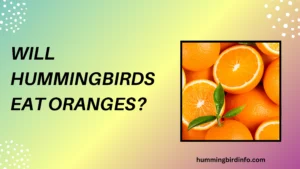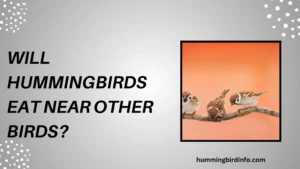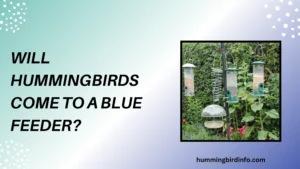Hummingbirds are more than just dazzling flashes of color darting through your garden. These tiny creatures are nature’s high-speed wonders, powered by a diet rich in nectar.
Their wings beat at unbelievable speeds, and their bodies demand constant refueling, which is why they’re always on the lookout for the next sweet sip.
That’s where hummingbird feeders come in. These human-made nectar stations give us the chance to observe these birds up close while helping them find the energy they need.
But there’s a common belief shared by many bird lovers—that a feeder must be red to attract hummingbirds. Some even go so far as to add red dye to their nectar, believing it will increase their chances of visits.
But is red really the magic color? Or is this just a colorful myth that’s been passed around without much proof? In this post, we’ll explore what really matters when it comes to attracting hummingbirds.
From color preferences to feeder design, we’re diving into everything you need to know to make your yard a hummingbird haven.
Contents
- 1 Hummingbird Color Vision and Preferences
- 2 The Evolutionary Basis for Red Attraction
- 3 Beyond Color—Feeder Design and Placement
- 4 The Importance of Nectar Quality
- 5 Debunking the Red-Only Myth
- 6 Conclusion
- 7 FAQs
- 8 1. Do hummingbirds only like red feeders?
- 9 2. Is red dye safe for hummingbirds?
- 10 3. What color are hummingbirds most attracted to?
- 11 4. Can I use a green or blue feeder?
- 12 5. How often should I clean a hummingbird feeder?
- 13 6. What’s the best nectar recipe for hummingbirds?
Hummingbird Color Vision and Preferences
Hummingbirds have trichromatic vision, like humans, meaning they can detect three primary colors. But unlike us, their spectrum includes the ultraviolet range, allowing them to see colors we can’t even imagine.
They are especially sensitive to red hues, which often signal nectar-rich flowers in nature. This is why so many hummingbird feeders are red—they mimic flowers that already attract these birds in the wild.
Still, hummingbirds can distinguish a wide range of colors, including orange, purple, pink, and even blue. They also learn from experience, associating certain colors and locations with food sources, even if those places aren’t red at all.
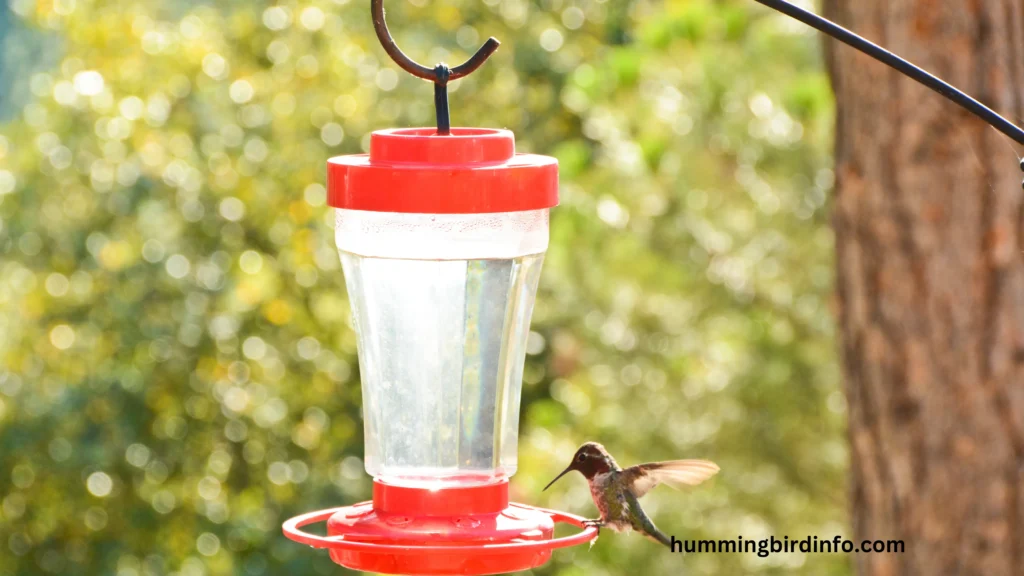
The Evolutionary Basis for Red Attraction
Over time, hummingbirds and flowers have coevolved to benefit each other—birds get nectar, and plants get pollinated. Red flowers evolved to stand out to hummingbirds while being ignored by insects who can’t see red well.
These red flowers serve as nectar guides, signaling a sweet reward to any hovering bird. Hummingbirds developed a strong visual bias toward red, allowing them to forage more efficiently and quickly.
Their visual sharpness also helps them locate red objects from long distances, giving red flowers (and feeders) a natural advantage. But it’s this same evolutionary pattern that often leads to the assumption that red is the only answer.
Beyond Color—Feeder Design and Placement
A feeder’s design is just as important as its color. Models with flower-like ports that mimic natural blooms are often more attractive to hummingbirds.
The ease of feeding is critical—feeders should allow birds to hover and drink comfortably, with ports that match their bill and tongue structure. Some feeders even come with perches for resting while feeding.
Placement matters too. Hang your feeder in a visible but sheltered location, preferably near flowers or shrubs. Using multiple feeders spaced apart can also reduce territorial fighting. And always keep feeders clean, since moldy nectar is dangerous to hummingbirds.
The Importance of Nectar Quality
The nectar recipe is simple but important: use 1 part white sugar to 4 parts water. This mimics the sugar concentration found in natural flower nectar.
Avoid adding red dyes—they don’t help and may actually harm hummingbirds over time. Natural nectar is clear, and it’s the feeder’s structure and color that attract birds—not the nectar’s color.
Change the nectar every 2–3 days, especially in hot weather, to prevent fermentation or mold. Never use honey, brown sugar, or artificial sweeteners, as these can be toxic to hummingbirds.
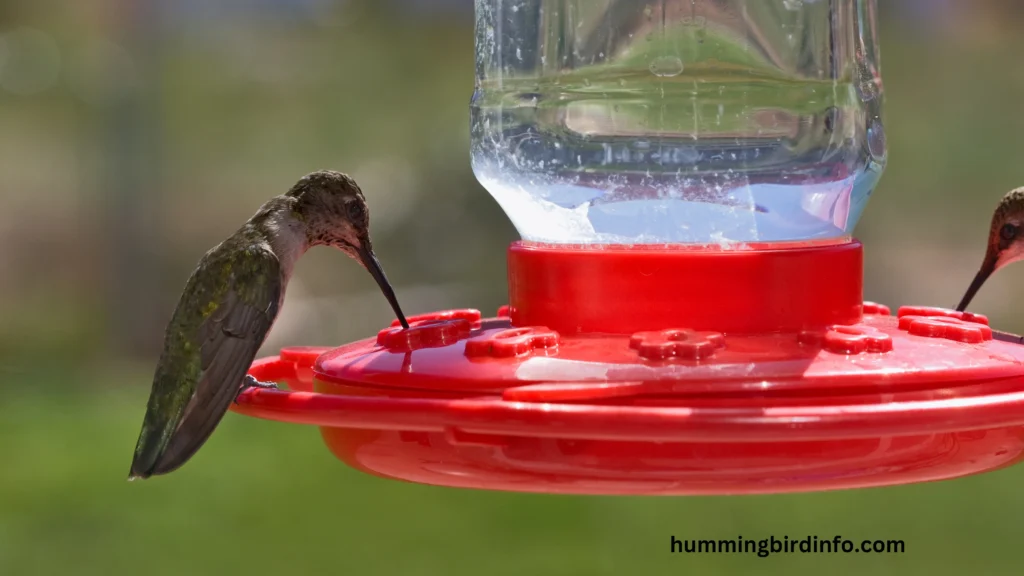
Debunking the Red-Only Myth
Although red is a strong attractant, it’s not the only color hummingbirds notice. Feeders in pink, orange, and purple are also known to attract them.
What really matters is that the feeder is in a visible location, contains fresh nectar, and is shaped in a way that’s easy for the birds to use. Many hummingbirds return based on habit and reliability, not just color.
So while red may catch their eye first, it’s the combination of factors—including placement, design, and quality of nectar—that keeps them coming back. Red is helpful, but it’s not the whole story.
Conclusion
The idea that hummingbird feeders must be red is rooted in some truth, but it’s only part of a larger picture. Hummingbirds do notice and prefer red, but they’re also responsive to a range of bright colors and more importantly, to reliable food sources.
The feeder’s design, its location, and the quality of nectar you provide are all critical in attracting these birds. Ensuring the right sugar-water ratio, keeping the feeder clean, and avoiding harmful additives will have a far greater impact than color alone.
So, does your hummingbird feeder have to be red? No—but it helps. Just don’t rely on color as the only factor. Focus on what truly keeps hummingbirds coming back: fresh nectar, safe feeders, and a welcoming environment.
FAQs
1. Do hummingbirds only like red feeders?
No, while they are attracted to red, hummingbirds also feed from orange, pink, and purple feeders if they offer good nectar.
2. Is red dye safe for hummingbirds?
No, red dye can be harmful to hummingbirds. Use clear nectar and rely on the feeder’s color to attract them.
3. What color are hummingbirds most attracted to?
They are most drawn to bright red, but also respond to orange, pink, and purple tones.
4. Can I use a green or blue feeder?
Yes, but make sure the nectar ports are colorful, especially in hues closer to red or pink, to catch their eye.
5. How often should I clean a hummingbird feeder?
Clean your feeder at least twice a week, and more often in hot weather to prevent mold and fermentation.
6. What’s the best nectar recipe for hummingbirds?
Mix 1 part white sugar with 4 parts water—never use honey or sweeteners.


